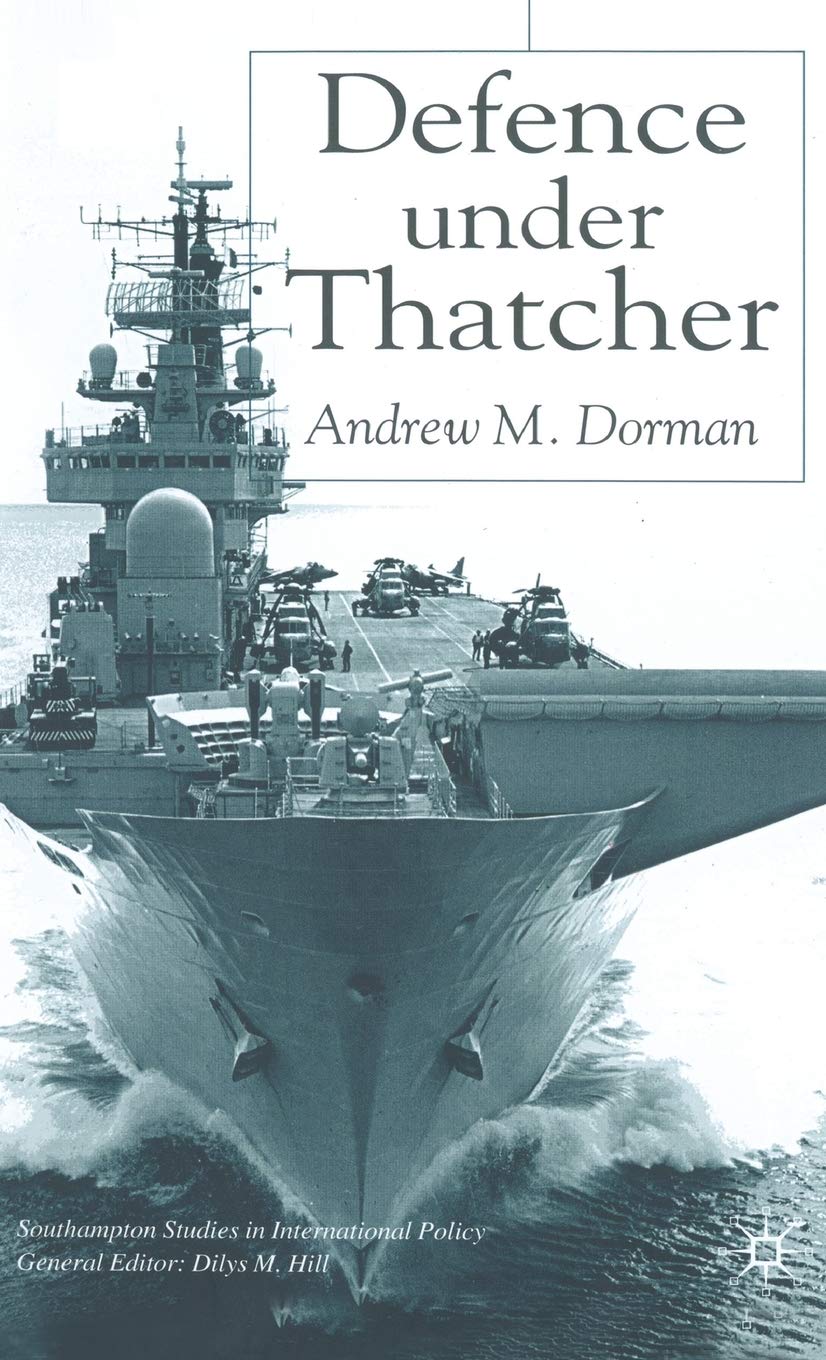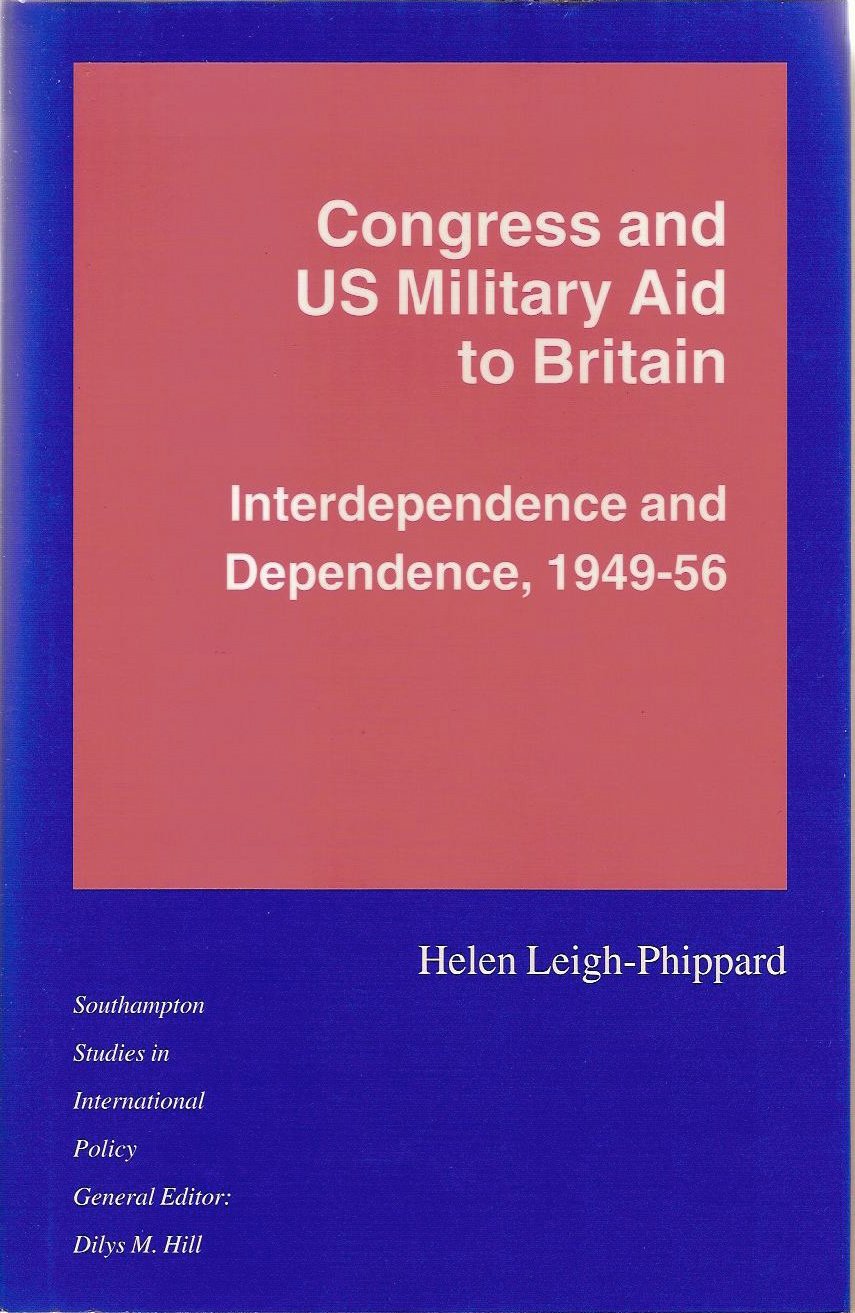By George Bizetas
R. Moore: Nuclear Illusion, Nuclear Reality – Britain, the United States and Nuclear Weapons
PALGRAVE MACMILLAN LONDON 2010, ISBN 978-0-230-23067-5
 The subject of this book, the first in chronological sequence of a series on nuclear weapons and international security, was aided by the release of archival material following the cold war. State secrecy is a powerful undercurrent, and the title evokes the contrast between what could be called political and technological perspectives on nuclear weapons that grew out of the requirement for secrecy.
The subject of this book, the first in chronological sequence of a series on nuclear weapons and international security, was aided by the release of archival material following the cold war. State secrecy is a powerful undercurrent, and the title evokes the contrast between what could be called political and technological perspectives on nuclear weapons that grew out of the requirement for secrecy.
The focus is on the technological development of British nuclear weapons and the impact of United Kingdom, United States, and NATO policy on them. Its time frame is bracketed by the UK-U.S.A. cooperation agreement concerning mutual nuclear defense, signed in 1958, and the election of the Harold Wilson Labour government in 1964 after thirteen years of Conservative rule. Richard Moore argues that this period was crucial in defining Britain’s defense policy for the following half-century. Between the end of the Second World War and 1958, the United Kingdom had followed a lonely course, denied nuclear collaboration with the United States by its Atomic Energy Act and related security concerns.
During that period, Britain had developed its own uranium and plutonium devices akin to the Hiroshima and Nagasaki weapons, amassed some fifty hand-built bombs, tested a single successful thermonuclear device, and had begun (barely) to configure the command and control infrastructure to support them. In this environment, posturing and rhetoric by politicians— who claimed the existence of a substantial deterrent and rational policy— conflicted with military reality. Over the subsequent six years, Moore suggests, the illusory aspects were amplified: some argued that Britain’s nuclear strength was neither independent, wholly British, nor a genuine deterrent.
Indeed, as observed by Solly Zuckerman, chief scientific advisor of the Ministry of Defense, deterrence was a political construct. This account focuses on two aspects of this story. The first concerns the political efforts to construct a credible defense policy, and the diplomatic interactions with the United States and NATO that eventually made it possible. The second aspect is policy execution, focusing on the development of nuclear technologies: the generation of fissile material for bombs, designs of nuclear warheads, delivery systems, and, just as important, the organization of the operating procedures that went with them.
This split narrative mirrors the title, with the imagined political futures only loosely connected to the contemporary technological world. This linkage, perhaps the most interesting aspect for many readers of Technology and Culture, is usefully explored. About a dozen photographs illustrate a sprinkling of British nuclear weapons, military commanders, and politicians, but this is a text-driven book full of information. We learn, for example, that Britain had produced some 2,500 kg of weapons-grade plutonium and some 7,600 kg of enriched uranium—the latter used in reactor research and submarine propulsion as well as bombs—by 1964. The United States and United Kingdom also bartered comparable quantities of fissile material to overcome shortages for particular weapons.
British weapons programs included Blue Danube (its first atomic bomb), Red Beard (a tactical nuclear weapon), the canceled Blue Streak and Skybolt guided missiles, and Yellow Sun megaton weapons. The technological systems, involving explosive devices, delivery vehicles, military tactics, and perennially scarce fissile material, evolved together awkwardly. The yield-to-weight ratio was critical, for example, as was the range and accuracy of missiles and bomber aircraft and their tactical deployment during war. The transnational connections are a newly revealed component of this story. Particularly interesting is the account of how warheads of American design were “anglicized” and produced in the United Kingdom to fill the gaps in this far-from-stable system. T
he wide-ranging sharing of information via the various Anglo-American Joint Working Groups involved computer codes, fabrication technologies, radiochemistry, high-speed cameras, metallurgy, neutron sources, and numerous other subjects. Overall, this book illuminates an important period of UK policy making and policy execution, revealing details, mechanisms, and motivations that once were shrouded. It is a worthy addition to the scholarly literature and will contribute to the reshaping of understandings of our nuclear heritage.
: Duncan Sandys and British Nuclear Policy-Making
PALGRAVE MACMILLAN LONDON 2016, ISBN 978-1-137-58546-2

This book offers new perspectives on British nuclear policy-making at the height of the Cold War, arguing that the decisions taken by the British government during the 1950s and 1960s in pursuit of its nuclear ambitions cannot be properly understood without close reference to Duncan Sandys, and in particular the policy preferences that emerged from his experiences of the Second World War and his efforts leading Britain’s campaign against the V-1 and V-2.
Immersing himself in this campaign against unmanned weaponry, Sandys came to see ballistic missiles as the only guarantor of nuclear credibility in the post-war world, placing them at the centre of his strategic thinking and developing a sincerely-held and logically-consistent belief system which he carried with him through a succession of ministerial roles, allowing him to exert a previously undocumented level of influence on the nature of Britain’s nuclear capabilities and its approach to the Cold War. This book shows the profound influence Sandys’ personal belief system had on Britain’s attempts to acquire a credible nuclear deterrent.
Defence under Thatcher
PALGRAVE MACMILLAN LONDON 2002, ISBN 978-0-333-94709-8

Drawing upon a wide range of interviews with many of the key actors, Andrew Dorman examines how defence policy was formulated and implemented during the premiership of Margaret Thatcher. This period witnessed major transformations in international and domestic politics, with defence emerging from its traditional postwar position of relative insignificance to become one of the key issues at the 1983 and 1987 general elections. Dorman provides a new understanding of policymaking by analysing defence policy in terms of three constituent parts: declaratory policy; military strategy and procurement policy.
Helen Leigh-Phippard: Congress and US Military Aid to Britain –
PALGRAVE MACMILLAN LONDON 1995, ISBN 978-1-349-23921-4

This book examines the Anglo-American relationship in the early postwar period through a case study of the American military assistance programme launched in 1949. It analyses the degree and changing nature of interdependence between the two states under this programme from 1949 to 1956. It focuses in particular on the tensions in US policy between Congress and the Administration, the differing conceptions of the Anglo-American relationship held by the two institutions and the problems this posed for Britain.






